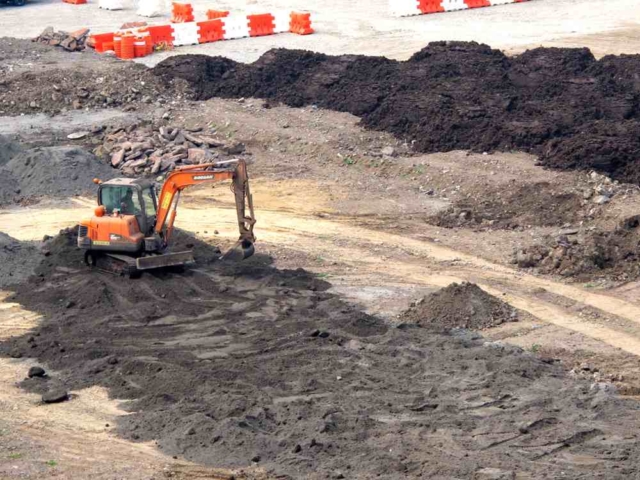Rare earths are an important commodity in the production of high-tech products, such as computer hardware, smartphones, and missiles.
In 2012, Europe, the U.S. and Japan complained that China’s quota system was being used to push up global rare-earth prices, a controversial trade issue for years.
China has around 30 percent of the world’s deposits for rare earth, and accounts for more than 90 percent of production.
However rare earth production has been a controversial issue in China because of the environmentally harmful process needed to extract the metals from the ground. In 1998, China imposed quotas to compensate for the environmental costs of production. But in August last year, the WTO ruled that China’s quotas and tariffs were inconsistent with international trade laws.
To comply with the WTO rules, China has issued new measures that require export licenses for rare earths, but the amount that can be sold abroad will no longer be covered by a quota.
It imposed export limits while it tried to build up domestic manufacturers to capture more of the profits that go to Western and Japanese producers of mobile phone batteries and other products.
Beijing cited the need to conserve a dwindling resource and limit environmental damage from mining but imposed no restrictions on production and use of rare earths by companies within China.
Chinese officials have expressed hope foreign manufacturers that use rare earths will shift production to China and give technology to local partners.
The United States challenged the quotas in 2012 in a WTO complaint and later was joined by the European Union, Japan and other governments. They said China violated its free trade commitments by limiting access to raw materials.
Rare earths are 17 minerals used to make goods including hybrid cars, weapons, flat-screen TVs, mobile phones, mercury-vapor lights and camera lenses.
The United States supplied its own rare earths needs from domestic sources until the late 1990s. Production ended after low-cost Chinese ores flooded global markets.
Beijing also tightened control over its rare earths industry by pushing companies to merge into state-owned groups and forcing smaller producers to close.
The export controls were especially sensitive at a time following the 2008 financial crisis when governments were trying to boost exports to reduce unemployment. The United States and Europe want to increase sales of high-tech goods that include products made with rare earths.
China exported 22,493 tons of rare earths in 2013 and 22,224 tons in the first ten months of 2014, according to customs data reported by state media.
The Chinese restrictions prompted some foreign manufacturers to shift to alternative materials for making magnets, polishing camera lenses and other uses.
The market price of rare earths spiked in 2011 amid fears of shortages. Prices have declined since then but are above 2010 levels.
One of the minerals, dysprosium oxide, costs $265 per kilogram ($120.50 per pound), about one-quarter its 2011 level of $994.33 per kilogram ($452 per pound). But it still is about 50 percent above its 2010 level of $166.48 per kilogram ($75.67 per pound).
Report complied with information from CCTV News and The Associated Press.
 CGTN America
CGTN America
